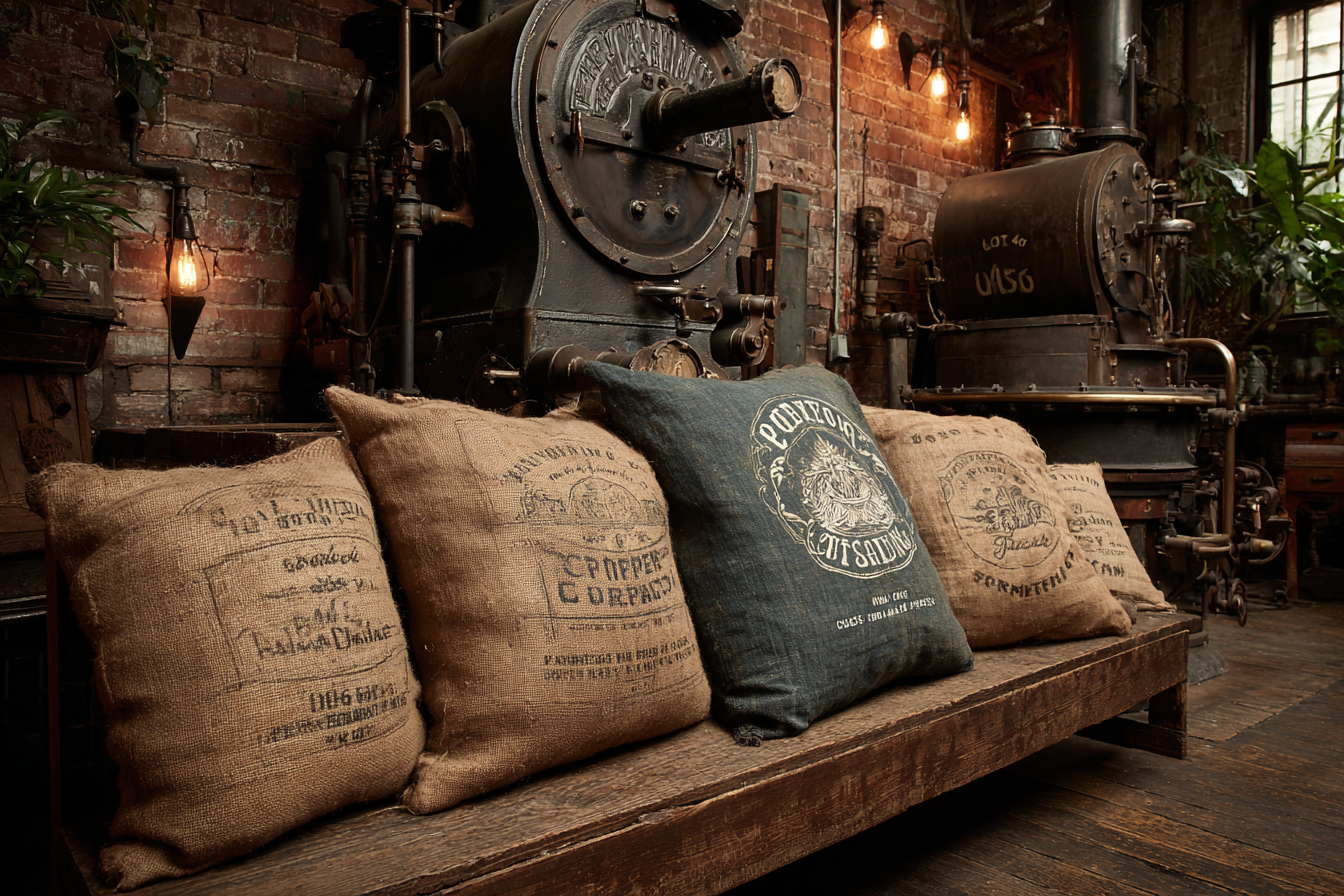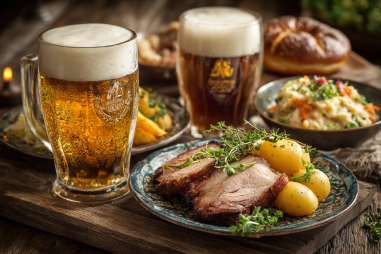American wheat beer is a fascinating chapter in the story of brewing, blending centuries-old European traditions with the modern creativity of American craft brewers. Known for its refreshing profile and often hazy appearance, this style of beer has carved out a unique space in the hearts of beer enthusiasts across the United States. Tracing its origins back to Old World wheat beers and following its transformation through the craft beer renaissance, American wheat beer today tells a tale of cultural fusion, regional identity, and evolving palate preferences.
Origins of Wheat Beer and European Influences
The story of wheat beer begins long before it arrived on American shores. Wheat beers, or “Weissbiers” and “Witbiers,” originated in Europe, particularly in Germany and Belgium. These traditional wheat beers typically used a significant portion of malted wheat combined with barley malt, resulting in a beer that was lighter in body, often hazy, and known for its fruity and spicy yeast character.
In Germany, the Bavarian-style Hefeweizen stands out as the quintessential wheat beer. Known for its aromas of banana and clove, it has been brewed since at least the 16th century. Meanwhile, Belgium’s Witbier, or “white beer,” was brewed with unmalted wheat and often spiced with coriander and orange peel, lending a uniquely refreshing and citrusy profile.
These European varieties set a foundation that decades later American brewers would draw inspiration from, but with their own distinctive twists, giving birth to what we now know as American wheat beer.
Early American Brewing Traditions Involving Wheat
When European settlers arrived in America, they brought their brewing practices with them, adapting to the new environment and available ingredients. While barley was the primary grain for brewing, wheat was also utilized, particularly in areas where it grew well or where bakers and brewers collaborated in farming communities.
In early colonial America, brewing was largely a household affair, with settlers creating malt beverages for family consumption. Wheat was occasionally incorporated into recipes, often in regionally distinct ways. However, because of the difficulty in malting wheat and the American preference for lighter ales and lagers, wheat beers never dominated the early scene.
It wasn’t until the rise of larger commercial brewers in the 19th and early 20th centuries that wheat beers began to be more systematically produced. Some breweries in the Midwest, with large German immigrant populations, continued making versions of Hefeweizen or similar styles, though these largely remained niche.
Evolution Through the Craft Beer Renaissance
The explosion of the American craft beer movement in the late 20th century marked a turning point for wheat beer. As microbreweries started to emerge in the 1970s and 1980s, brewers began experimenting with traditional European styles, including wheat beers, while incorporating new techniques, hops, and ingredients reflective of American tastes.
This period sparked innovation and helped popularize wheat beer beyond immigrant communities or niche markets. Craft brewers introduced variations such as hopped wheat beers, fruit-infused versions, and hazy wheat ales, securing a broader consumer base.
Moreover, the craft renaissance brought attention to the unique qualities of wheat—its ability to enhance mouthfeel, body, and head retention—helping wheat beers become a foundational style in many breweries’ lineups.
Major Breweries and Pioneers of American Wheat Beer
Several breweries have been influential in shaping what American wheat beer means today. Widely recognized pioneers include:
- Widmer Brothers Brewing (Portland, Oregon): Credited with popularizing the American take on wheat beer, Widmer Brothers introduced “Hefeweizen” with higher hop bitterness than its German counterparts, influencing a new substyle sometimes called “American Hefeweizen.”
- Redhook Ale Brewery (Seattle, Washington): Early craft brewery to embrace wheat ales, contributing to the Washington state craft beer scene which helped spread wheat beer’s popularity on the West Coast.
- Yuengling Brewery (Pennsylvania): While better known for lagers, Yuengling’s regional influence and adoption of traditional wheat beer recipes helped maintain and evolve the style in the Eastern US.
These and numerous smaller craft breweries across the country have championed wheat beer, fostering both classic and innovative versions, from citrus-forward summer ales to darker, maltier wheat stouts.
Cultural and Regional Variations
American wheat beer is not a monolith; it varies widely depending on location and cultural influences. Different regions have adopted and adapted the style to fit local tastes and brewing traditions.
In the Pacific Northwest, for example, you might find wheat beers with strong hop profiles reflecting the area’s love for hop-forward beers. On the East Coast, brewers often make more traditional styles but with subtle American twists, such as increased bitterness or added spices.
The South has seen the rise of fruit-infused wheat ales, incorporating local fruits like peaches or berries, adding a sweet, refreshing touch ideal for warmer climates. The Midwest, with its German heritage, often prefers wheat beers closer to classic Bavarian styles, though modern craft influences have introduced more experimentation here too.
These regional differences highlight how American wheat beer serves as a cultural mirror, reflecting the diverse brewing heritage and consumer preferences found across the country.
Modern Trends Shaping the Style
Today, American wheat beer continues to evolve in exciting ways. Some key trends shaping the style in the current craft beer landscape include:
- Hazy and New England-style Wheat Beers: Inspired by the haze craze in IPAs, many wheat beers now embrace turbidity and juicy, fruit-forward profiles.
- Sour and Wild Fermentation: Brewers experiment with barrel aging and wild yeasts to add complexity and tartness to wheat bases.
- Fruit and Spice Infusion: Enhanced use of botanicals, citrus peels, and fresh fruits lends new layers of flavor.
- Low-Alcohol and Session Variants: Reflecting consumer demand for approachable and easy-drinking options, lighter wheat beers have become popular.
- Gluten-Reduced and Alternative Wheat Sources: Increasing awareness of dietary restrictions has led brewers to explore ingredients that cater to gluten-sensitive drinkers while maintaining wheat beer’s essence.
These trends show American wheat beer’s adaptability and continued relevance in a saturated craft beer market.
Legacy and Future Outlook of American Wheat Beer
The legacy of American wheat beer is one of innovation rooted in tradition. From European origins to the hands of creative American brewers, it has grown into a versatile and beloved style that bridges history and modernity.
Looking ahead, wheat beer’s future seems bright. As brewers continue to experiment with new ingredients and techniques, wheat beer is likely to expand its audience and reach even beyond traditional beer communities. Its refreshing qualities, ability to pair well with food, and adaptability to flavor trends make it a timeless choice for both brewers and drinkers alike.
Ultimately, American wheat beer remains a cultural brew—one that embodies the spirit of American craft beer: respectful of tradition but fearless in pushing boundaries.







